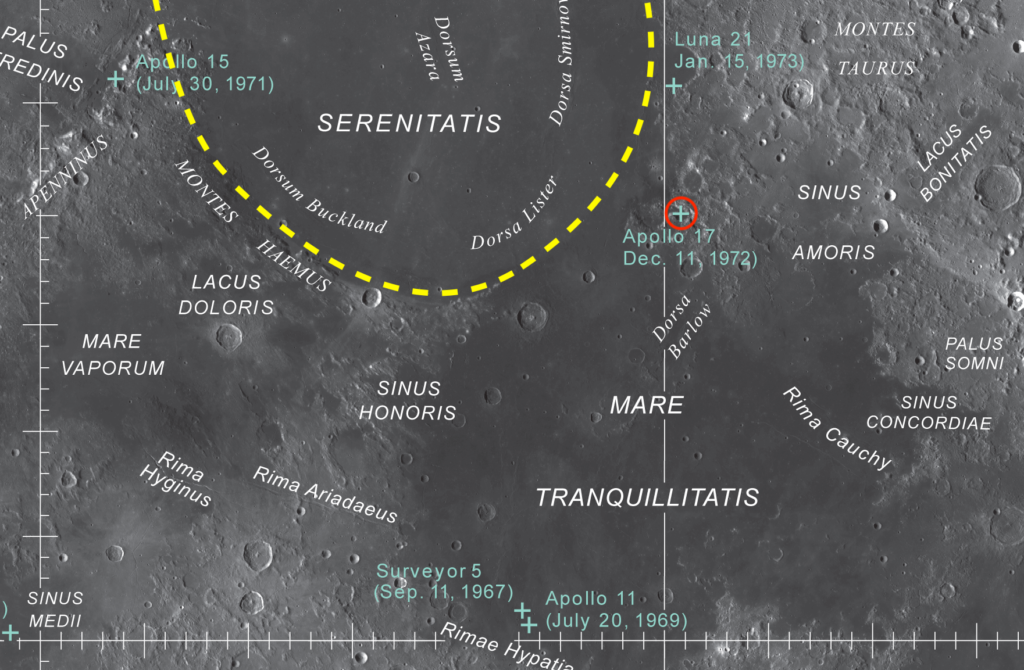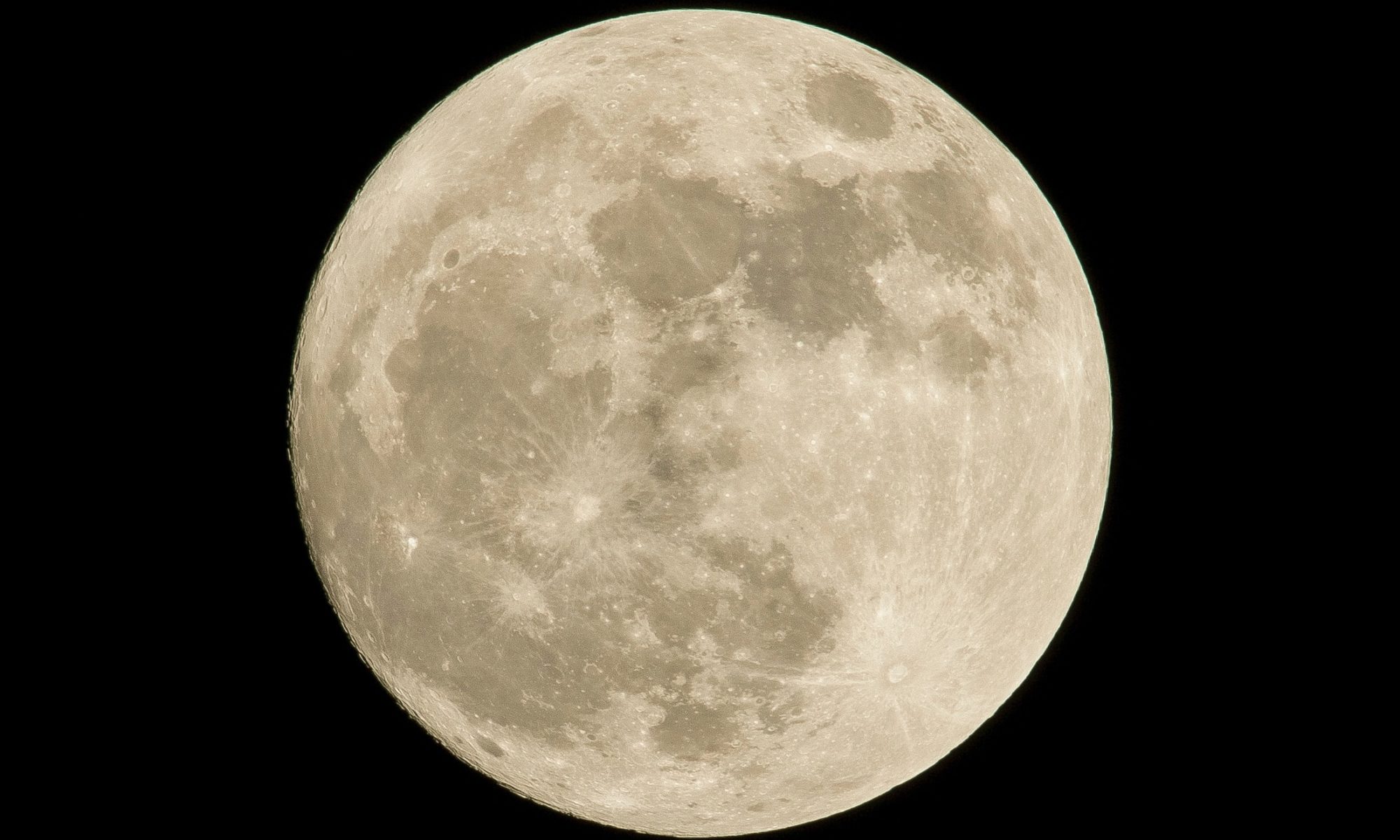Featured image: the Moon by Pedro Lastra on Unsplash
About 4 billion years ago, the inner Solar System fell prey to an apocalyptic assault by asteroids. These asteroids slammed into the terrestrial planets—Mercury, Venus, Earth, Mars—and the Moon, leaving behind the scars and basins that make up the planets’ landscapes today. This attack, called the Large Heavy Bombardment, helps explain the genesis of a majority of the formations decorating the inner planets of the Solar System. Previous dating of Moon rocks helped pindown the occurrence of the Bombardment somewhere around 3.8 billion years ago. While this window of time is widely accepted in the planetary science community, one of the Moon’s most iconic features, the Serinatits Basin, might poke a hole in it.
A team of researchers led by Ana Černok dated local rock samples in order to determine the age of the Serenitatis Basin. The samples were taken from a boulder neighboring the Serenitatis Basin in the Taurus-Littow Valley near the Apollo 17 landing site, and are some of the most heavily studied lunar samples. The Apollo 17 samples are also some of the oldest components of the lunar crust, offering planetary scientists the ability to view a comprehensive image of the Moon’s early formation.

The team analyzed the boulder samples, igneous rocks called “norites,” by determining the concentration of different lead isotopes. These isotopes are radioactive, meaning they decay. Since geologists know the rate of decay for certain lead isotopes, they can then determine how old a rock is based on the quantity of the different lead isotopes present in a sample of it.
Their results revealed that the boulder was formed 4.3 billion years ago. Closer analysis of lead occurring in the phosphate minerals within the norites dated these minerals to be between 4.2 billion and 0.5 billion years old. Černok and the researchers hypothesize that these minerals appear 0.1 billion years younger than their host rocks (the norites) due to a high-pressure recrystallization event, potentially the nearby impact of an asteroid. Similarly, the team suggests that the 0.5 billion year old phosphates lost a significant portion of certain lead isotopes at this time due to a thermal pulse from another impact event.
Černok and colleagues make the argument that the samples almost certainly originated from the asteroid impact which also formed the Serenitatis Basin, based on their compositional matching with other samples from this area. The team compares their findings to published analyses of other Apollo mission samples, and explain that the formation of other Moon landforms also occurred at this time—4.2 billion years ago. This deduction places the formation of multiple lunar features, which were all formed by asteroid impacts, approximately 0.3 billion years prior to the Large Heavy Bombardment. However, Černok and colleagues remain unsure whether this event is unrelated to the Large Heavy Bombardment, or if the Large Heavy Bombardment began earlier than the widely accepted time frame.
One of the Moon’s most prominent features is older than we thought by Kevin Hurler is licensed under a Creative Commons Attribution-ShareAlike 4.0 International License.

